Uniting vision, policy, and innovation, FAITH Conclave 2025 charts India’s path to $3 trillion tourism economy
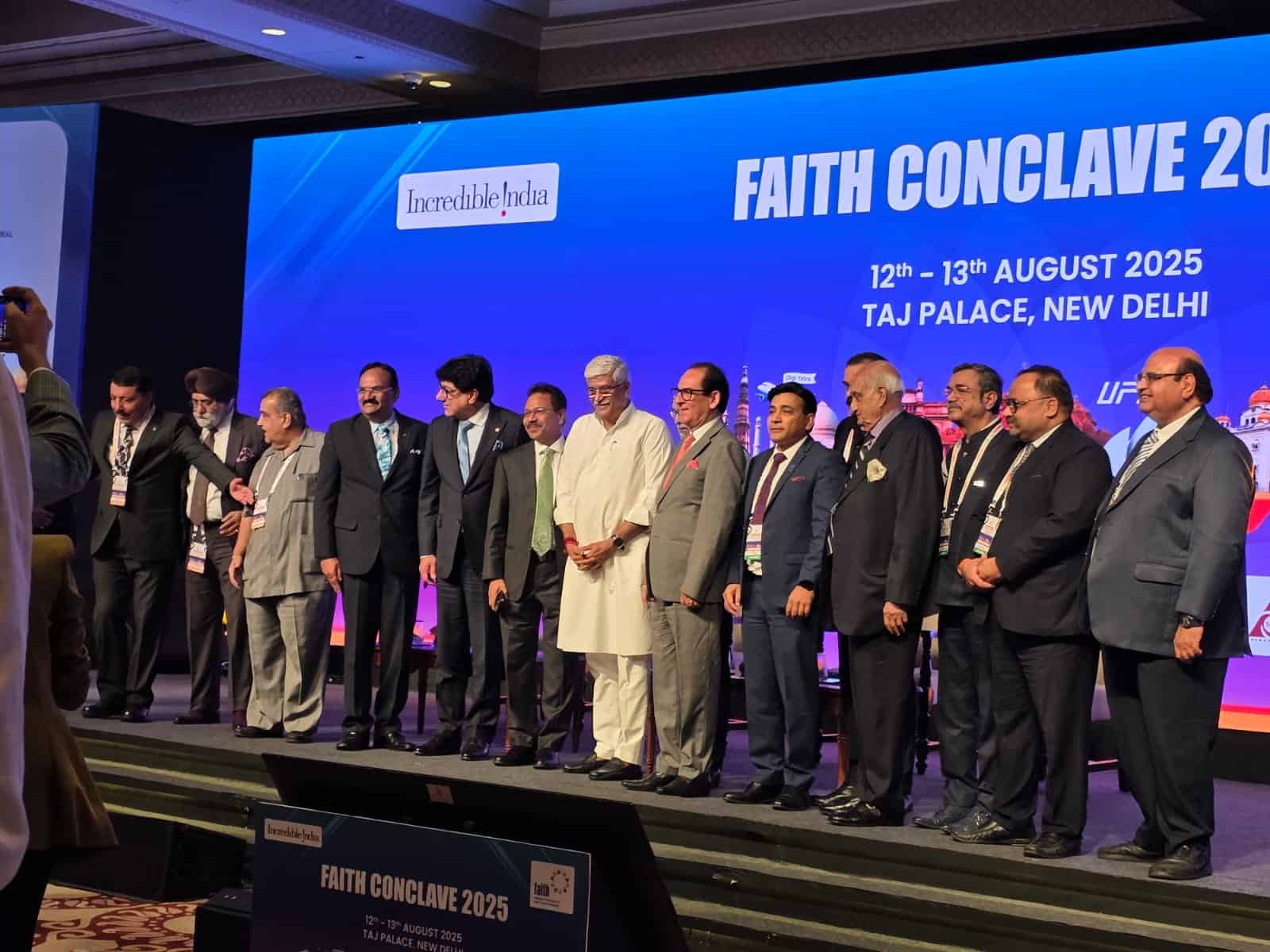
The Federation of Associations in Tourism and Hospitality (FAITH), India’s apex tourism policy and strategy think tank, began its much-anticipated national tourism conclave at the Taj Palace, New Delhi, on August 12–13. This year’s edition carried the inspiring theme “Indian Tourism: Invincible Spirit!”, underscoring the sector’s resilience and boundless potential.
Over two days, industry leaders, policymakers, and senior government officials came together to advance FAITH’s shared Tourism Vision 2047, an ambitious blueprint to transform India into a $3 trillion tourism economy, powered by 100 million foreign arrivals, 20 billion domestic visits, and 200 million tourism jobs by the centenary of India’s independence. The plan aims to double tourism’s contribution to the national GDP to 10%, aligning squarely with the government’s Viksit Bharat vision of a $30 trillion economy.
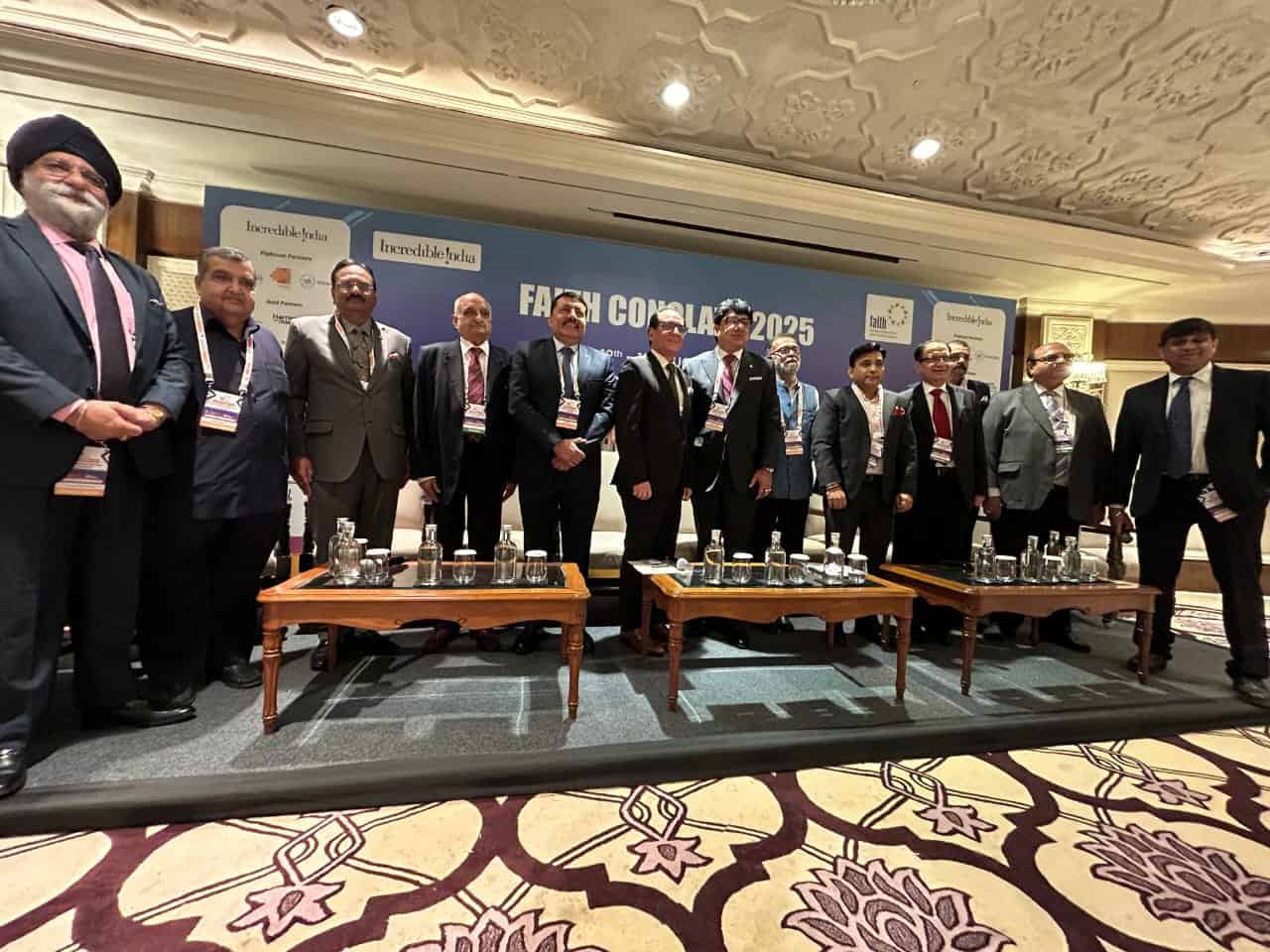
The FAITH member associations, representing every core segment of the industry, reiterated their collective commitment to sustainable growth. These include the Association of Domestic Tour Operators of India (ADTOI), Adventure Tour Operators of India (ATOAI), Federation of Hotels & Restaurants Associations of India (FHRAI), Hotel Association of India (HAI), Indian Association of Tour Operators (IATO), India Convention Promotion Bureau (ICPB), Indian Heritage Hotels Association (IHHA), Indian Tourist Transporters Association (ITTA), Travel Agents Association of India (TAAI), and Travel Agents Federation of India (TAFI), alongside cause partner All India Resorts Development Authority (AIRDA).
During the deliberations, the conclave set out key priorities for the sector. These include increasing employment in tourism from the current 5 crore to nearly 20 crore, raising foreign exchange earnings from $30 billion to $400 billion, and elevating India’s ranking in the World Economic Forum’s Travel & Tourism Development Index from 39th place into the global top five. A significant focus was placed on boosting domestic tourism visits tenfold—from 2 billion to 20 billion annually—while driving targeted development across niche areas such as adventure tourism, MICE, wellness, and rural experiences.
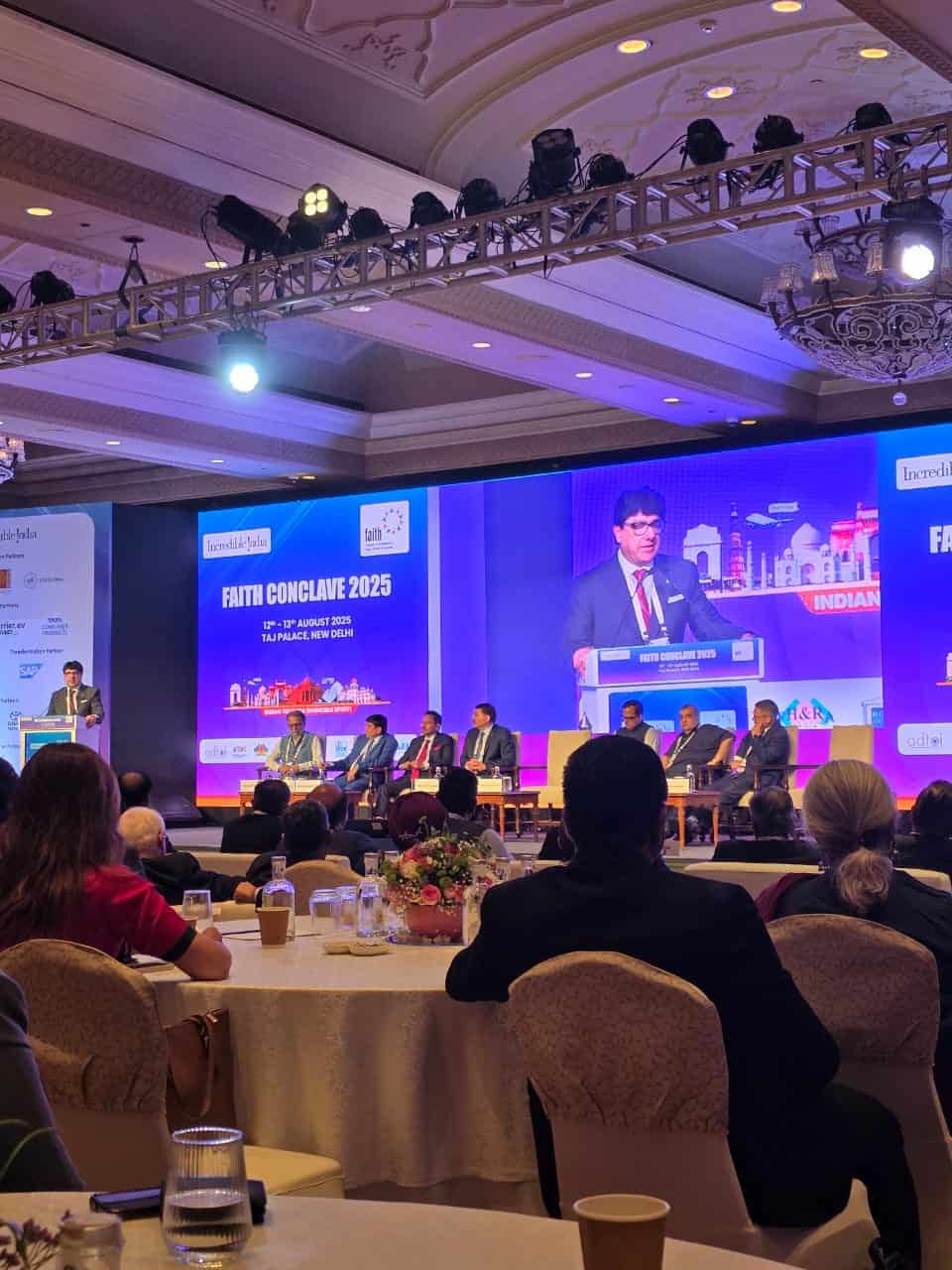
Speakers emphasised that India’s tourism potential is not confined to economic gains alone. The sector’s role in heritage conservation, infrastructure development, and enhancing the country’s global engagement was strongly highlighted. With each segment holding vast untapped potential, industry experts called for tailored marketing strategies and coordinated development plans to ensure tourism becomes a robust socio-economic engine for the nation.
The conclave’s discussions have set a clear direction for policy and industry collaboration, reaffirming that with the right investments, strategic vision, and unified action, Indian tourism can indeed embody the “invincible spirit” that this year’s theme so proudly celebrated.
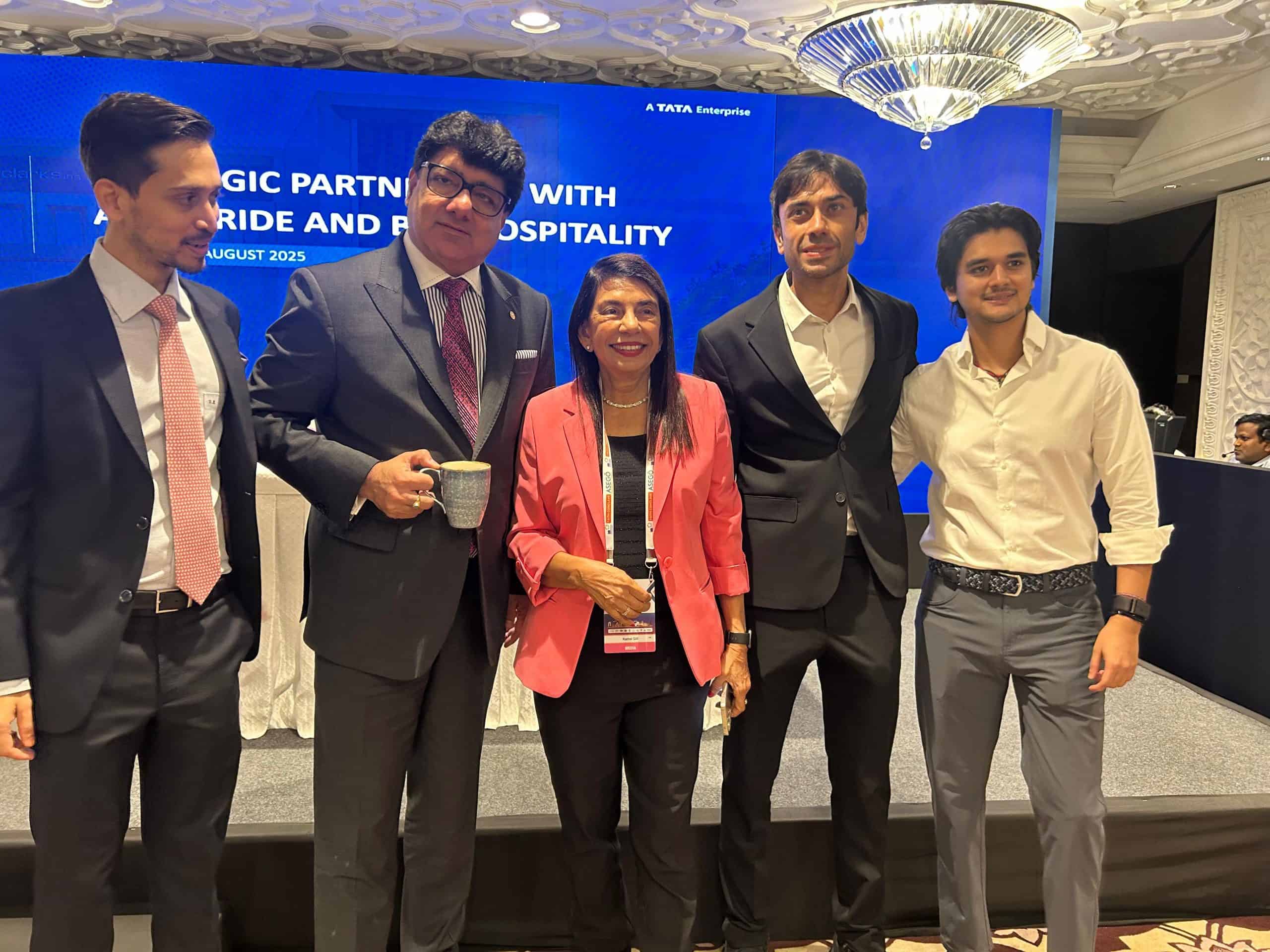
Power Dialogues of the FAITH Conclave
The first day of the FAITH Conclave 2025 ended on a high note, with industry leaders and policymakers setting a bold course for Indian tourism. Held at The Taj Palace, New Delhi, the country’s most significant tourism policy forum brought together government officials, corporate executives, and tourism bodies to push forward Tourism Vision 2047, a USD 3 trillion tourism economy, 100 million foreign tourist arrivals, and 20 billion domestic visits by the centenary of India’s independence.
“India’s tourism sector is advancing rapidly and holds immense untapped potential in the global tourism landscape,” said Union Minister of Culture and Tourism, Gajendra Singh Shekhawat, at a high-level industry forum on 13 August 2025.
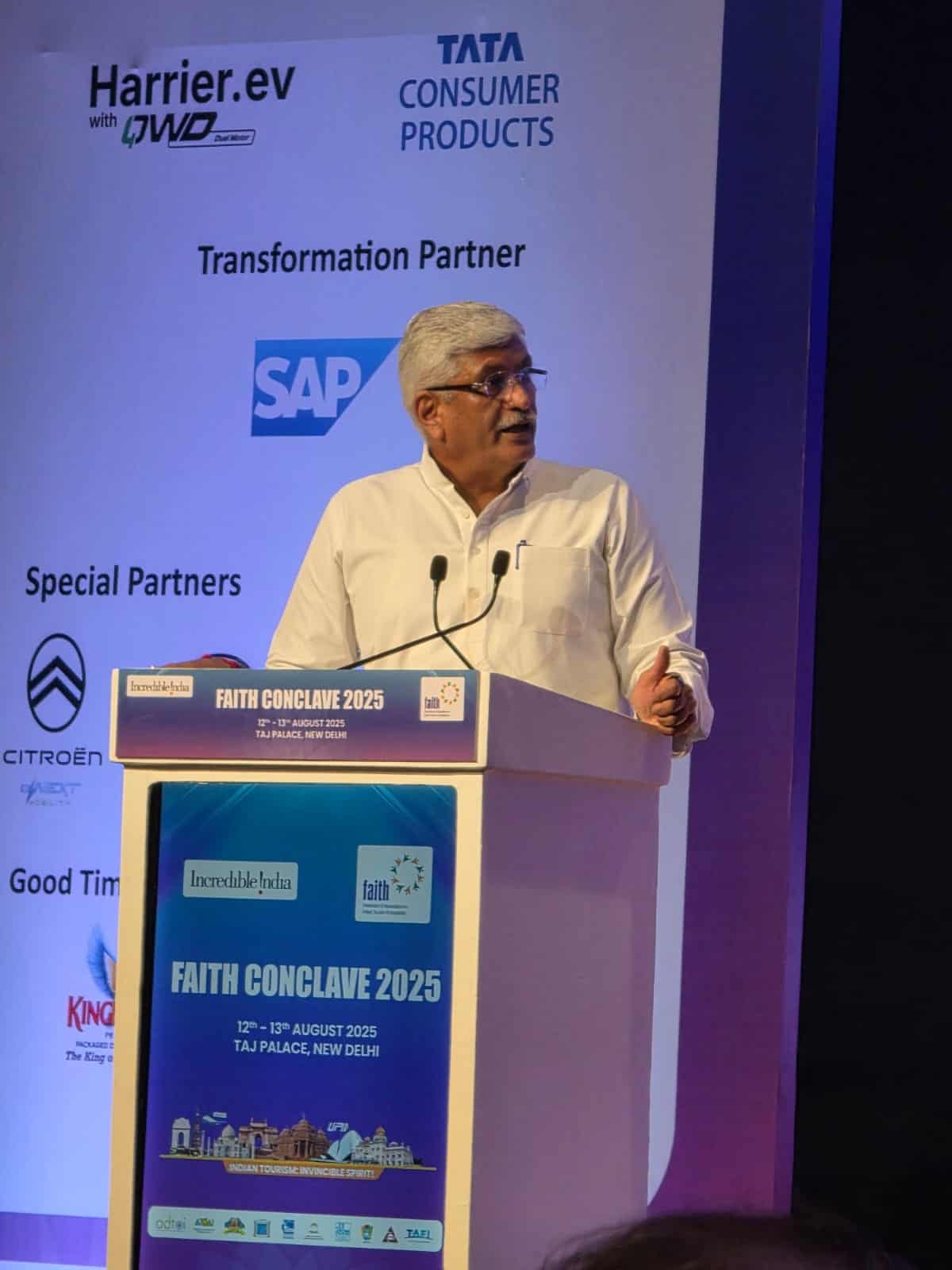
“Incredible India is not just a campaign—it’s an economic and cultural force,” said Gajendra Singh Shekhawat. He emphasised India’s rise in the World Tourism Rankings, now at 35th place, with the Ministry of Tourism directly influencing nearly a third of the 30 parameters assessed.
“Infrastructure is the backbone of sustainable tourism growth,” Gajendra Singh Shekhawat said, calling for ‘infrastructure status’ for iconic destinations to attract investment. Highlighting India’s strong aviation sector, technological advances, and robust domestic market, he described tourism as a powerful soft-power asset shaping global perceptions.
“The sector’s strength lies in blending innovation with tradition to create unforgettable travel experiences,” he said. Positioning tourism as “the most robust and shining star” among global economies, Gajendra Singh Shekhawat pointed out that India’s tourism share in GDP still has room to grow. With strategic investments, collaboration, and scale, he expressed confidence in making India “inevitable and unavoidable” for international travellers.
Over the years, FAITH has played a pivotal role in steering the industry, from organising the Global Buyer Seller Meets at GET India 2015 with the Ministry of Commerce, inaugurated by Prime Minister Narendra Modi, to hosting the India Tourism Mart in 2018, 2019, and 2021 (Hybrid) with the Ministry of Tourism. The Tourism Leadership Conclave has also brought together leading global and Indian tourism thinkers.
Opening the conclave, Ajeet Bajaj, Vice Chairman of FAITH, underscored the need for a united approach spanning government, private enterprise, and local communities. He emphasised elevating tourism to a national priority through measures such as granting infrastructure status, including tourism in the concurrent list, and ensuring industry status in all states and union territories.
He stated, “The vision calls for coordinated global and domestic marketing to position India as a leading travel destination, alongside harmonised infrastructure development across states, a full embrace of the Sustainable Tourism Criteria of India, adherence to carrying capacity guidelines, and the protection of ecological integrity.”
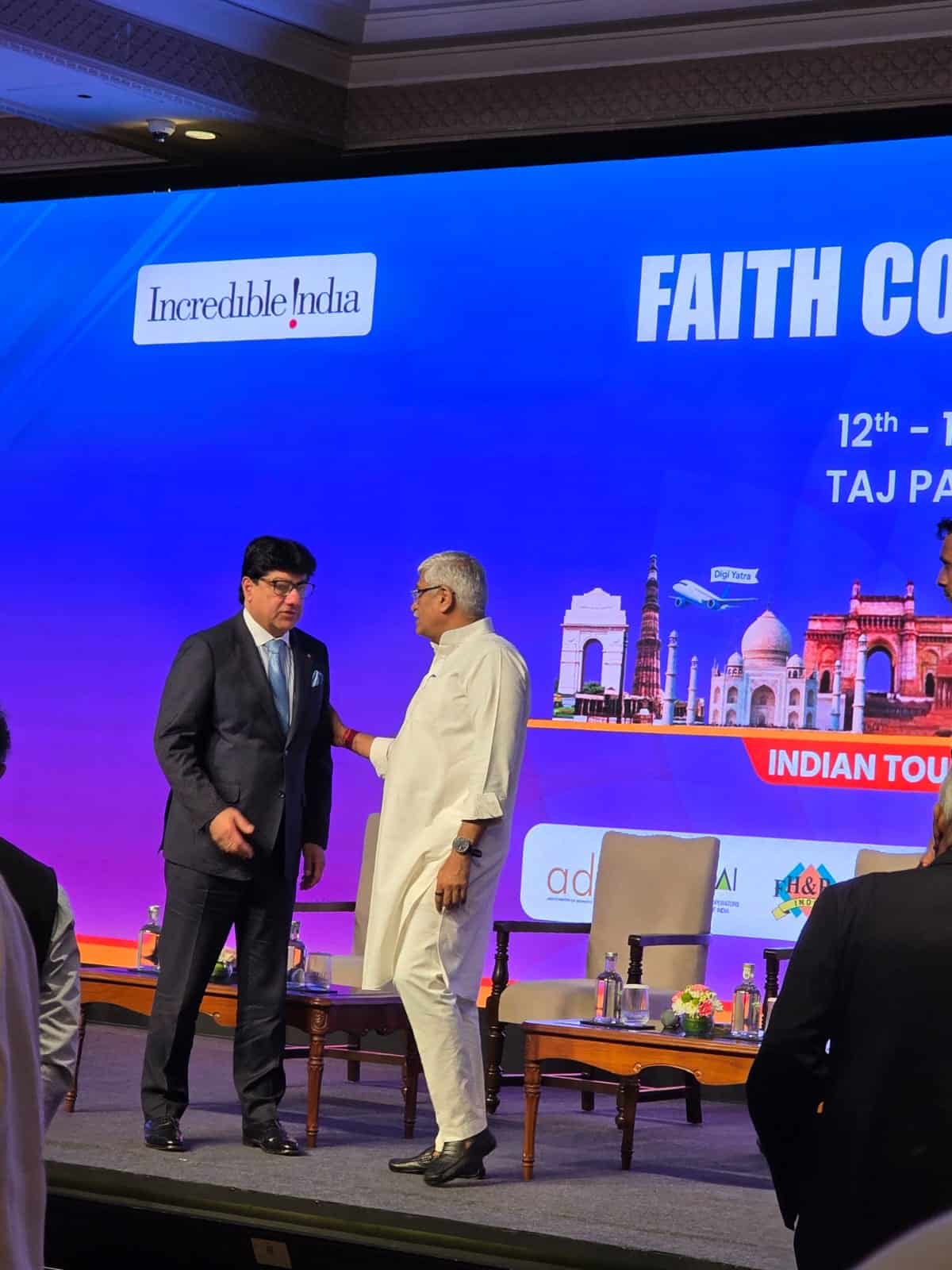
Representing associations such as IATO, FHRAI, HAI, ADTOI, ATOAI, ICPB, IHHA, ITTA, TAAI, TAFI, and AIRDA, FAITH presented recommendations from the conclave to the Prime Minister’s Office, the Ministry of Tourism, and other relevant ministries.
“India’s tourism growth is going to depend on how boldly we innovate while safeguarding the authenticity that makes our journeys unique,” said Ajay Prakash, Vice Chairman-FAITH
Ashish Gupta – Consulting CEO, FAITH said, “Tourism is not only about arrivals and revenues; it’s about shaping India’s identity in the eyes of the world and creating livelihoods that touch every corner of the country.”
Sunil Kumar – President, Travel Agents Association of India (TAAI) added, “Our task ahead is to reimagine travel experiences so that every visitor leaves with a story worth sharing and a reason to return.”
Ravi Gosain – President, IATO added, “To unlock India’s full tourism potential, we must invest equally in global outreach and in strengthening the grassroots infrastructure that supports every traveller’s journey.”
The diverse speaker line-up featured voices from aviation, state tourism boards, and policymaking. Puneet Chhatwal, as FAITH’s Chairperson, reaffirmed the industry’s unmatched capacity to create jobs, noting that one in four new jobs globally is linked to tourism, aviation, and hospitality. Ajeet Bajaj reinforced the need for policy stability, skill development, digitalisation, and cross-sector collaboration.
Puneet Chhatwal, Chairman, FAITH, shared details of the company’s social impact work: “IHCL has committed to skill 100,000 people by 2030. We are already ahead of our goals with the help of CII, and our platinum sponsor has also participated in many of our initiatives.” He revealed that IHCL has completed 53 skilling programmes in the past two years, including centres in Ekta Nagar (Kamadia) and Uttarakhand, training adivasis and local communities in both front office and food and beverage roles. “We don’t need 100,000 people, we have a workforce of 40,000 and may need another 20,000 by 2030, but the rest we are doing for society at large, creating an employment platform.”
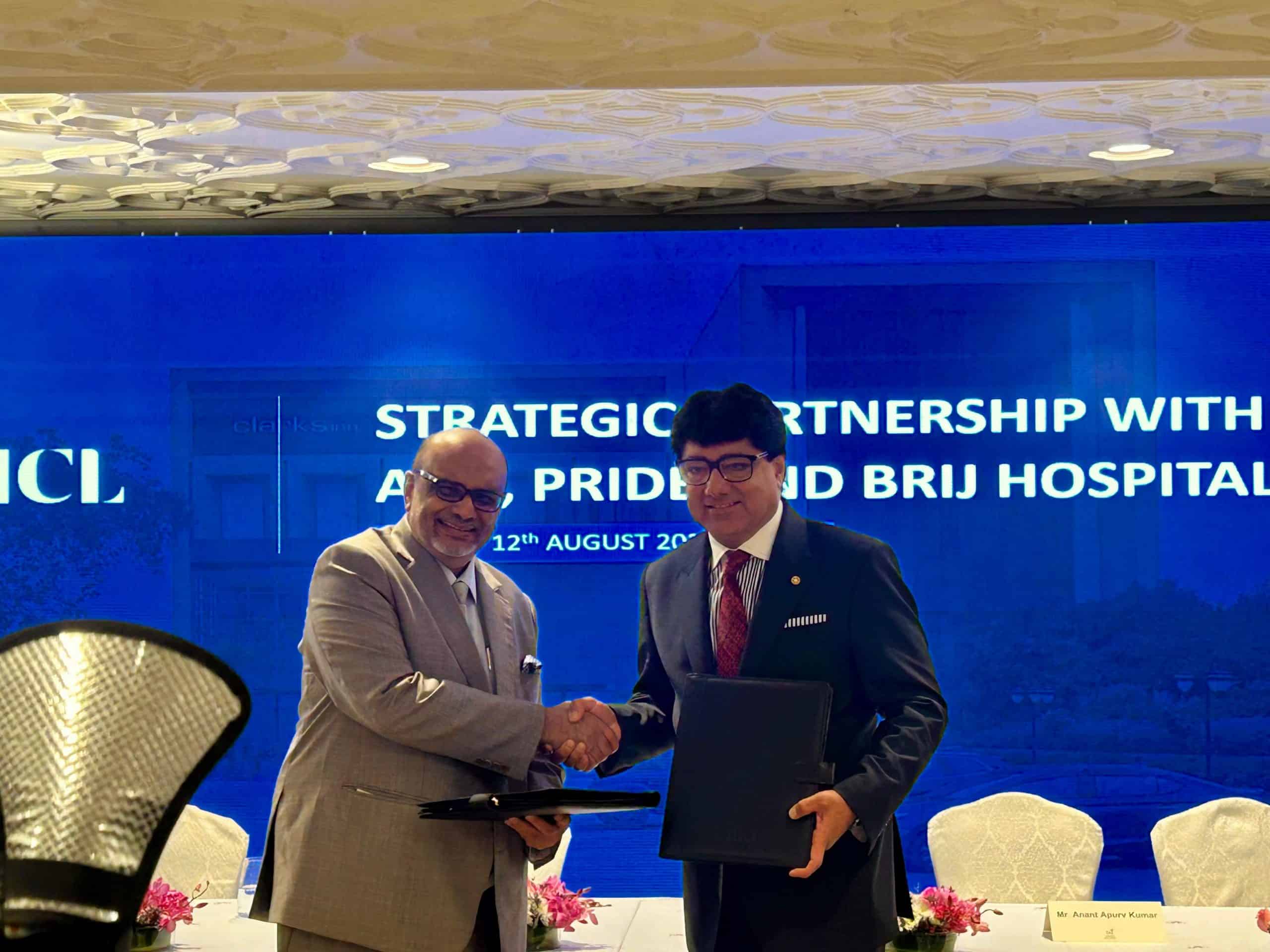
Highlighting the sector’s impact, Puneet Chhatwal noted, “There is so much economic activity that tourism generates. For India’s demographic dividend to be fully realised, our contribution will hopefully help.” On tourism’s ‘soft power,’ he added: “The GDP contribution is not just the job growth contribution, but tourism itself has a certain amount of soft power for a country that we think we can utilise more going forward.”
Puneet Chhatwal pointed to unprecedented government investment and projected branded room supply growth from 200,000 today to 300,000 well before 2030. He described IHCL’s shift from a “branded house” to a “house of brands” with 400 hotels in 180 locations across 14 countries, including The Taj Mahal Palace, Mumbai, and Taj Mansingh, New Delhi. “Eight years ago, we were very capital heavy, 77% heavy, 23% light. Today, we are less than 50% heavy and going towards 35%. We promise, we deliver, we deliver a bit more than we promised and in a little less time than we guided for.”
KB Kachru, President – HAI, stressed the importance of positioning India as a top destination for inbound and domestic travellers. On the Union Budget’s announcement of 50 new destinations in mission mode, he remarked, “Why 50? Why not all? How do you choose those 50 destinations? Still, it’s a good start.”
While praising new airports, revitalised train stations, and expanded highways, he called for stronger international marketing: “Only digital and AI would not do that. We need forces on the ground, events that happen, and that’s what we are trying to do as associations.”
Puneet Chhatwal said referencing major trade shows like Virtuoso in Las Vegas, IMEX in Frankfurt, WTM in London, and ATM in Dubai, He pushed for closer public-private collaboration: “If we could have coupling with government funding and support at these events, it would help bring a lot more people to India, showcase our strengths, and create the soft power of the brand India or Bharat.”
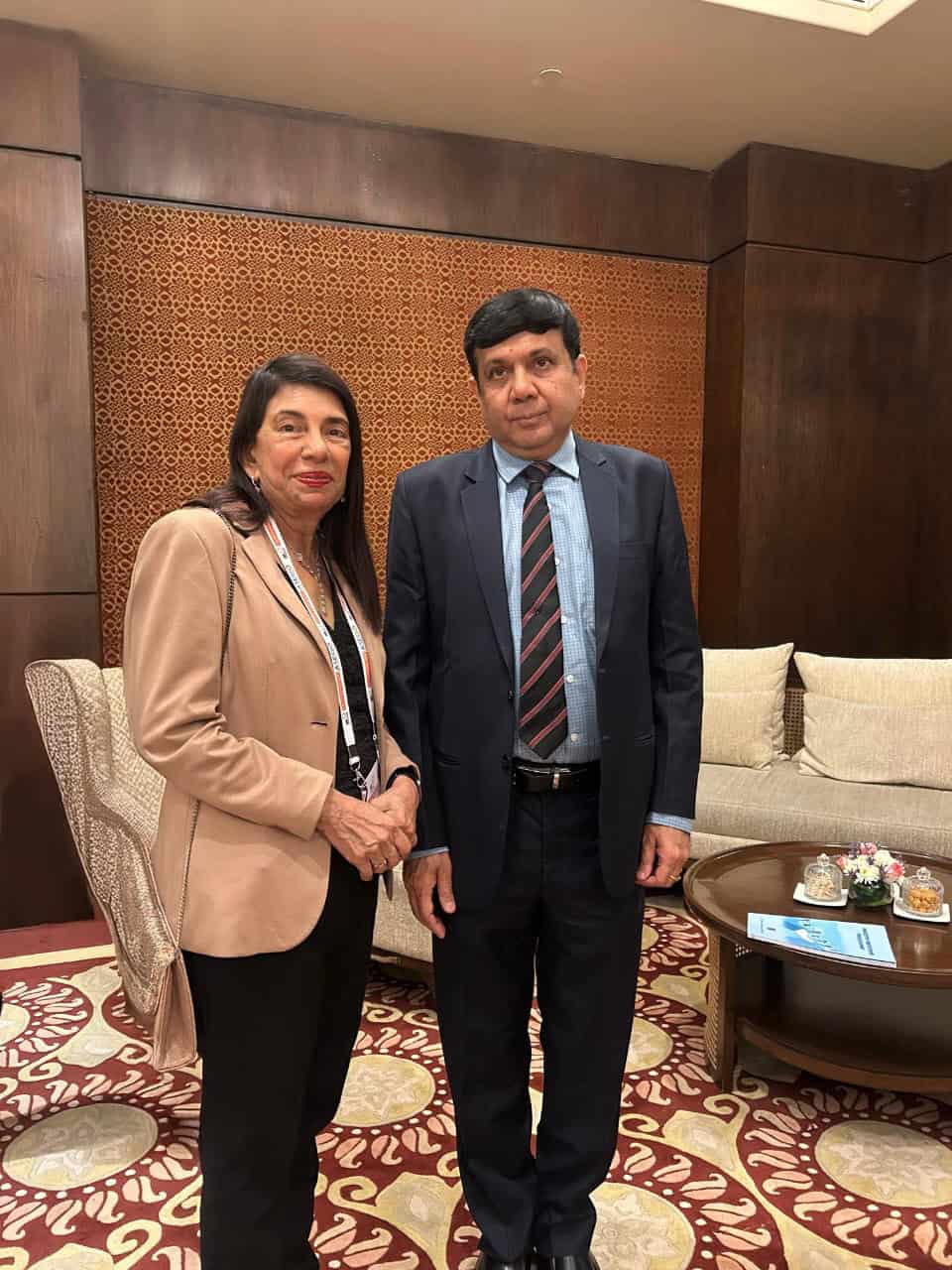
Amid this optimistic backdrop, IHCL announced a major strategic partnership and acquisition that expands its reach, including a controlling stake in ANK Hotels Pvt Ltd and Pride Hospitality Pvt Ltd, along with a distribution agreement with Brij Hospitality Pvt Ltd.
In closing, Puneet Chhatwal called for swift action: opportunities are immense, but global competition is intense. He urged investment in branding, seamless traveller experiences, and sustainable, inclusive growth to make tourism a pillar of India’s Amrit Kaal economic vision.
The event brought together a powerful line-up of voices shaping the future of tourism in India and beyond. Among the keynote speakers was former G20 Sherpa and the former chief executive officer of NITI Aayog,former IAS, Amitabh Kant, alongside Pieter Elbers, CEO of IndiGo, offering valuable insights into the aviation sector’s pivotal role in driving tourism growth. Suman Billa, Additional Secretary & Director General, Ministry of Tourism, Government of India, Rajender Kumar, IAS, Secretary (Tourism), Gujarat, and Ajay Jain, IAS, Special Chief Secretary – Tourism & Culture, Government of Andhra Pradesh, presented state-level success stories and strategies, showcasing regional strengths and untapped opportunities.
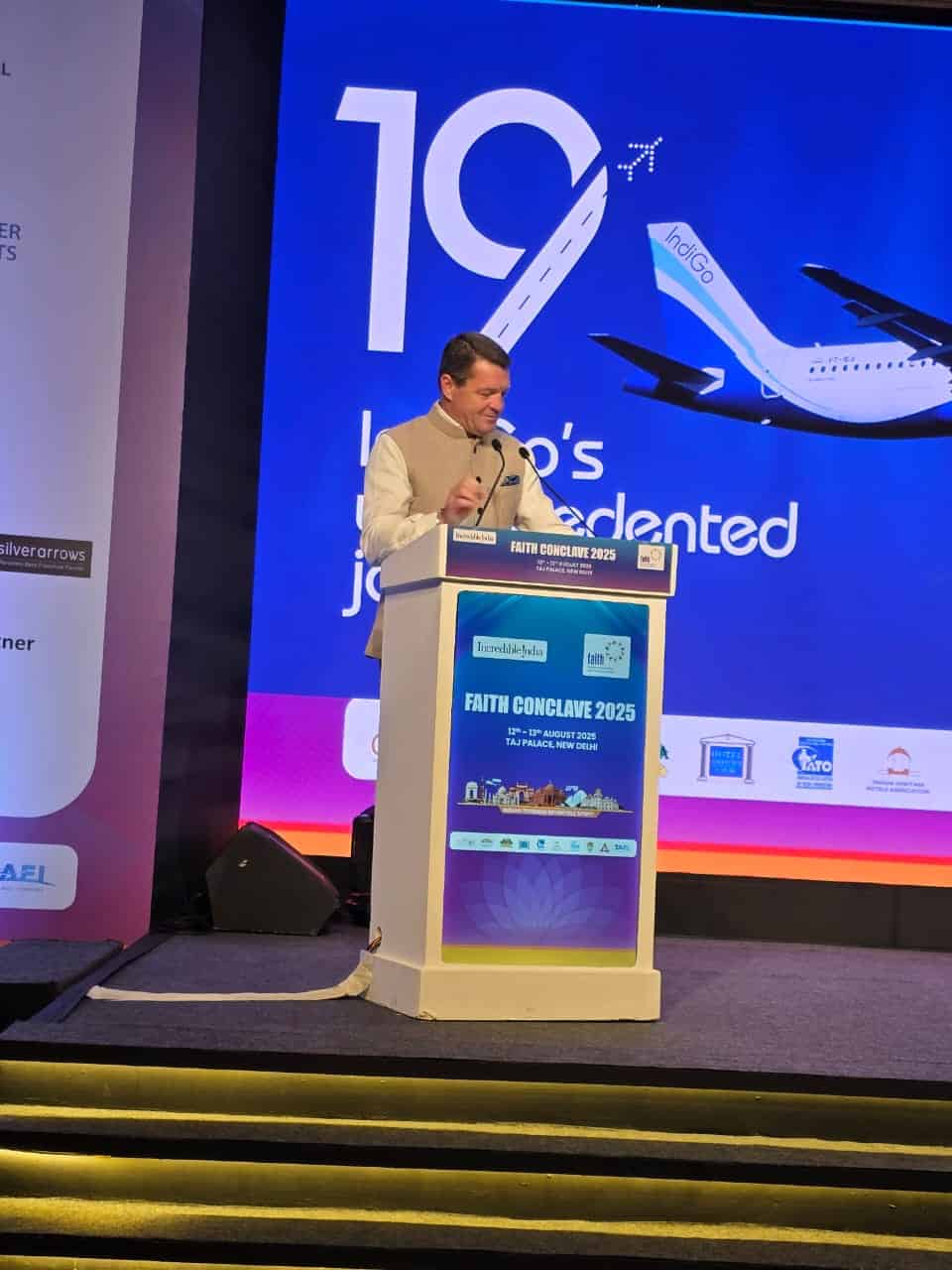
Adding further depth to the dialogue, former Secretaries of Tourism shared reflections drawn from their years of leadership, combined with forward-looking perspectives on how the sector can evolve to meet global benchmarks. Together, these diverse viewpoints are fostering a comprehensive discussion on policy, innovation, and sustainable growth in India’s tourism landscape.
FAITH Tourism Vision 2047
FAITH’s Tourism Vision 2047 set out an ambitious blueprint to transform India into a leading global tourism economy. At its core is a push for comprehensive policy reforms, including granting tourism both infrastructure and industry status across all states and Union Territories, and placing it in the concurrent list to ensure coordinated action nationwide.
The plan called for aggressive and sustained marketing campaigns at both global and domestic levels. These efforts would be built on strong government–industry partnerships, presenting India as a premier tourism destination to diverse markets around the world while deepening its appeal to domestic travellers.
Infrastructure development forms another critical pillar, with a vision that extends far beyond the proposed 50 destinations. The goal is to create harmonised facilities and services across states, ensuring travellers enjoy a consistent, high-quality experience no matter where they go.
Sustainability lies at the heart of the vision. The framework mandates the full adoption of the Sustainable Tourism Criteria of India, strict adherence to carrying capacity guidelines, and prioritising ecological protection to safeguard the natural and cultural heritage of destinations for generations to come.
Read More: News



